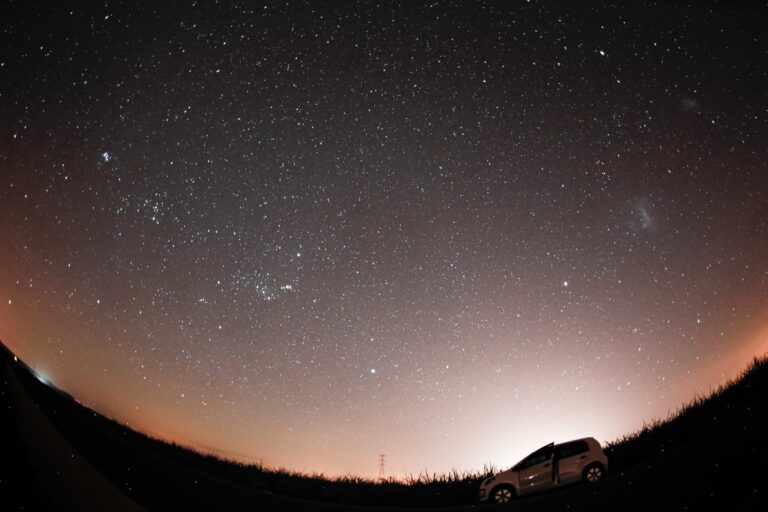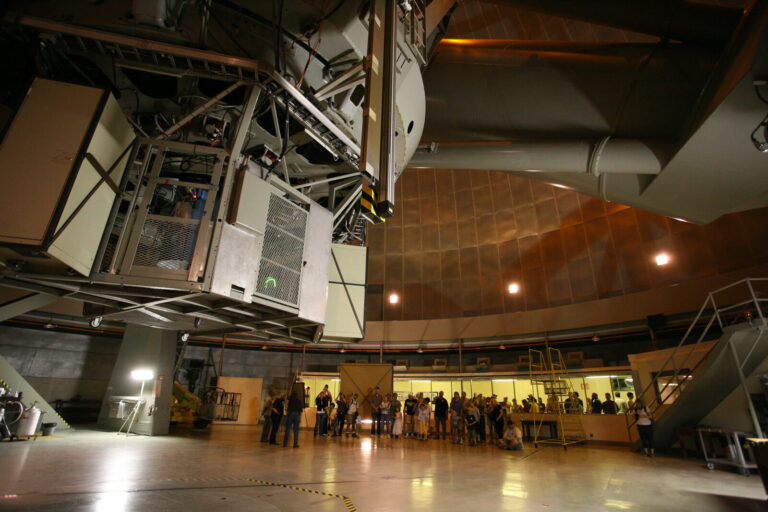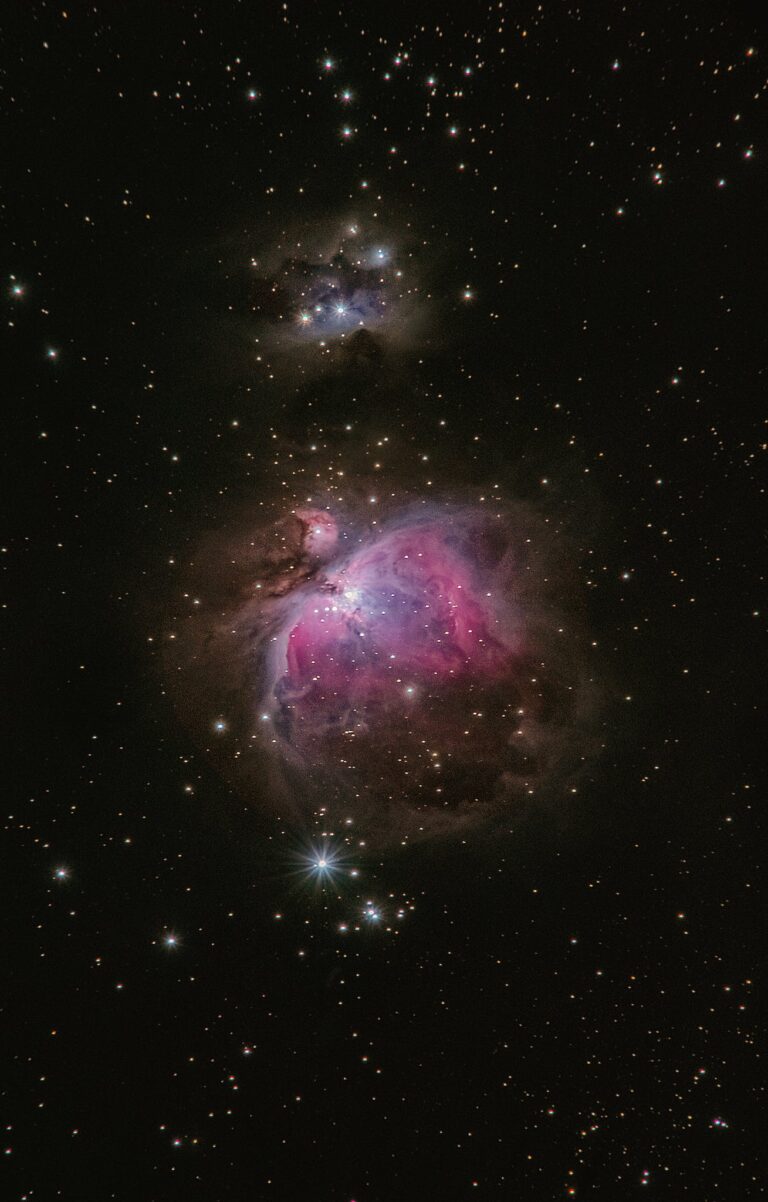New Study Hopes To Determine Which Exoplanets Could Sustain Life

Also Check: The End Of Dental Fillings?
Our own planet, Earth, has an elemental composition that allows life to thrive, but with just a tiny difference in the Suns elemental makeup, things could have been far different for us. We know that most exoplanets located so far should consist of pretty much the same materials as their corresponding star.
Now, astronomers and scientists from both the US and Brazil have teamed up to examine what exoplanets might consist of and how these materials come together to form rocks. This, they say, should tell us a great deal about the formation of exoplanets and whether or not they are suitable to sustain life. They studied 2 very different compositions in planetary makeup; one planet, like us, with an Olivine upper mantle and one with a mantle comprised of garnet.
“Our study combines new observations of stars with new models of planetary interiors. We want to better understand the diversity of small, rocky exoplanet composition and structure — how likely are they to have plate tectonics or magnetic fields?” – Dr. Johanna Teske – Carnegie Institution
Whilst we have found many Earth-size planets orbiting stars in our galactic neighborhood, we are often too quick to describe them as Earth-like. Just because they are a similar size, doesn’t necessarily mean they are anything like our home. Many of the planets that we’ve found have different chemical balances and this can have a huge impact on their surface conditions.
The Study:
The scientists and researchers looked at 90 stars, identified by Kepler, that are understood to have rocky exoplanets orbiting them.
“We report on our measurements of the major rock-building elements O, Mg, Si and Fe for the host stars of known small planets using high-resolution spectra from the APOGEE survey. We discuss the role that these abundance ratios play in the mantle mineralogy and core formation and speculate on the consequences for habitability of rocky exoplanets.”
The main focus was on Kepler-102 and Kepler-407. The former is roughly 390 light-years away and is slight dimmer than the Sun. It is thought to host 5 exoplanets. The latter has a similar mass to our Sun, but lies further away at 1065 light-years. Kepler-407 is understood to host 2 known exoplanets.
They determined that 102 is similar to the us, whilst 407 has a more silicon composition. Geophysicists then lent a hand to reveal what a silicon base might mean for an exoplanet.
“We took the star compositions found by APOGEE and modeled how the elements condensed into planets in our models. We found that the planet around Kepler-407 would likely be rich in the mineral garnet. The planet around Kepler-102 is probably rich in olivine, like Earth. That seemingly-small difference in minerals might have major consequences for these planets. Garnet is a stiffer mineral than olivine, so it flows more slowly. This means that a garnet planet like one around Kepler-407 would be much less likely to have long-term plate tectonics,” Dr. Cayman Unterborn – Arizona State University
Plate tectonics are thought to be crucial for a planet to be able to sustain life. On Earth, plate tectonics that create volcanoes, ocean ridges and earthquakes allow for the minerals within the planet to be recycled which in turn regulates the atmosphere. Life may not have evolved without these processes.
The work being carried out is crucial to pinpointing exoplanets that might have the ability to sustain life. They have submitted the papers and they are preparing to broaden and expand the studies.





